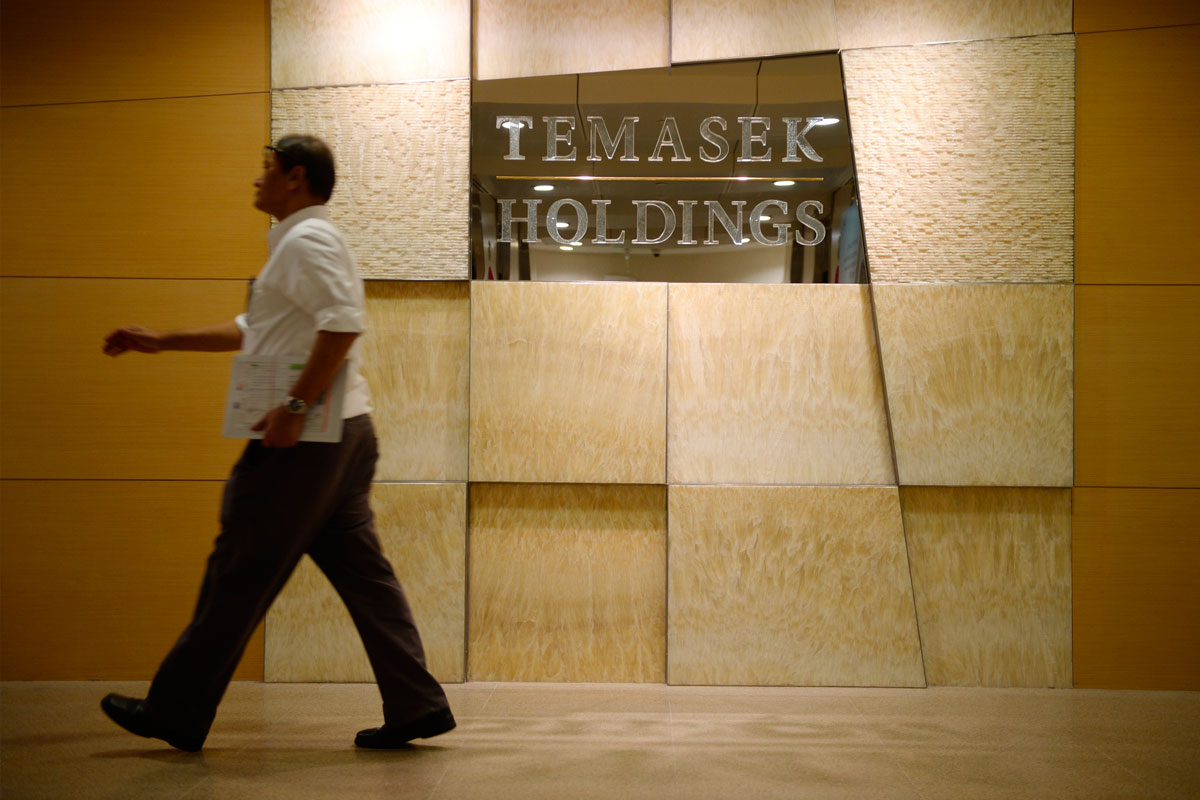From a $4.88 billion deficit last year to back in the black this year. An overall surplus of $3.45 billion is projected for 2016, buoyed by bigger contributions from Singapore investment company Temasek Holdings.
What is more, the surplus is forecast even as spending rises, including a marked increase in healthcare and business support.
Helping offset the rising expenditure is Temasek’s inclusion in the net investment returns (NIR) framework this year. This will push the NIR contribution to the nation’s coffers to $14.7 billion, up 48.6 per cent from $9.9 billion last year. The inclusion incorporates total expected returns from Temasek, which paid only investment dividends to the Government previously.
The NIR framework allows the Government to spend up to half of the long-term expected real returns from the GIC, Monetary Authority of Singapore and now Temasek.
OCBC economist Selena Ling said: “The increase in NIR contribution is surprisingly large – I expected only around $12 billion with Temasek included. I think from here on you can expect the NIR contribution to be $12 billion to $15 billion.”
At the same time, operating revenue – mostly generated from tax income – is expected to grow 6.7 per cent to $68.44 billion on the back of a $1.1 billion jump in vehicle tax to $2.93 billion, while statutory board contributions will jump threefold to $1.88 billion.
Personal income tax revenue will rise 10.9 per cent to $10.13 billion, but corporate income tax will drop 3.1 per cent to $13.41 billion.
However, the one-off revenue boosts from sources such as motor vehicle taxes this year may not be sustainable, Finance Minister Heng Swee Keat noted yesterday.
“The longer-term picture will grow more challenging as we expect expenditure needs to grow faster than revenues. Even as we plan for rising expenditures, we must spend only when it’s needed and where it best achieves our social and economic objectives,” Mr Heng told Parliament.
Total expenditure will rise 7.3 per cent from $68.41 billion to $73.43 billion (excluding special transfers), another new high for the nation.
The Government will set aside an additional $1.8 billion for healthcare to cater for MediShield Life subsidies and the construction of facilities such as Sengkang General Hospital and Outram Community Hospital. The total healthcare bill will run to $11 billion.
National development spending will hit $3.8 billion, up $1.1 billion. Education will grow by $700 million to $12.8 billion. Defence will command the largest spending at $14 billion, up $800 million.
Meanwhile, the push to transform Singapore’s economy and help businesses survive restructuring is still a key factor in fiscal planning.
A total of $2.2 billion will be allocated this year for special transfers to businesses, such as the Wage Credit Scheme and the Productivity and Innovation Credit scheme. The National Research Fund – set up to build an economy driven by knowledge and innovation – will receive a $1.5 billion top-up.
Other fund top-ups will include a $1 billion injection into the Changi Airport Development Fund and a $1.1 billion increase in the Special Employment Credit Fund, established in 2011 to encourage the hiring of older Singaporean workers.
All in all, the fiscal position in 2016 is one of balance “between being prudent… and being accommodating to support enterprises… even as we continue our restructuring”, Mr Heng said.
Or as Ms Ling put it: “With higher NIR contributions, the Government can easily spend more, but looks like it is keeping the powder dry for more urgent moments.”

This article was first published on March 25, 2016.
Get a copy of The Straits Times or go to straitstimes.com for more stories.



















